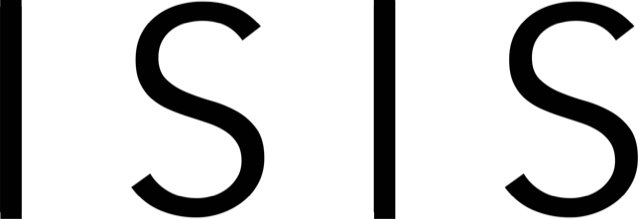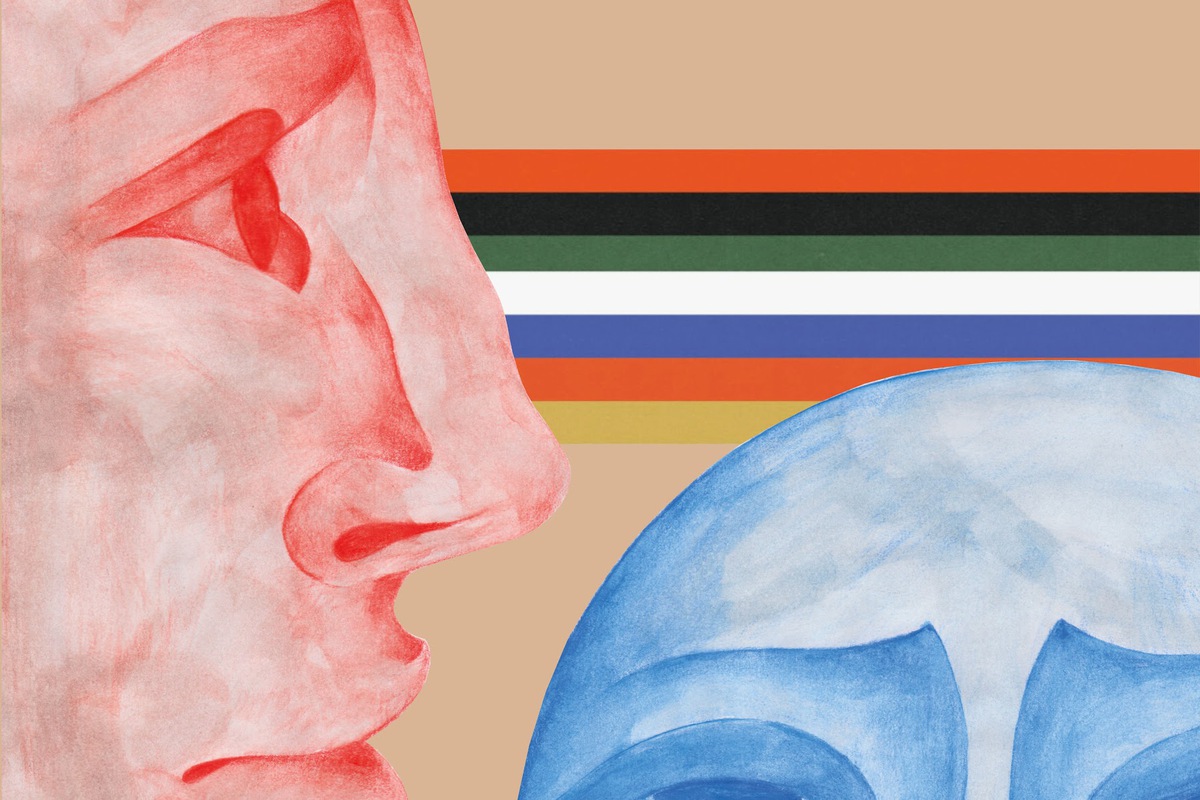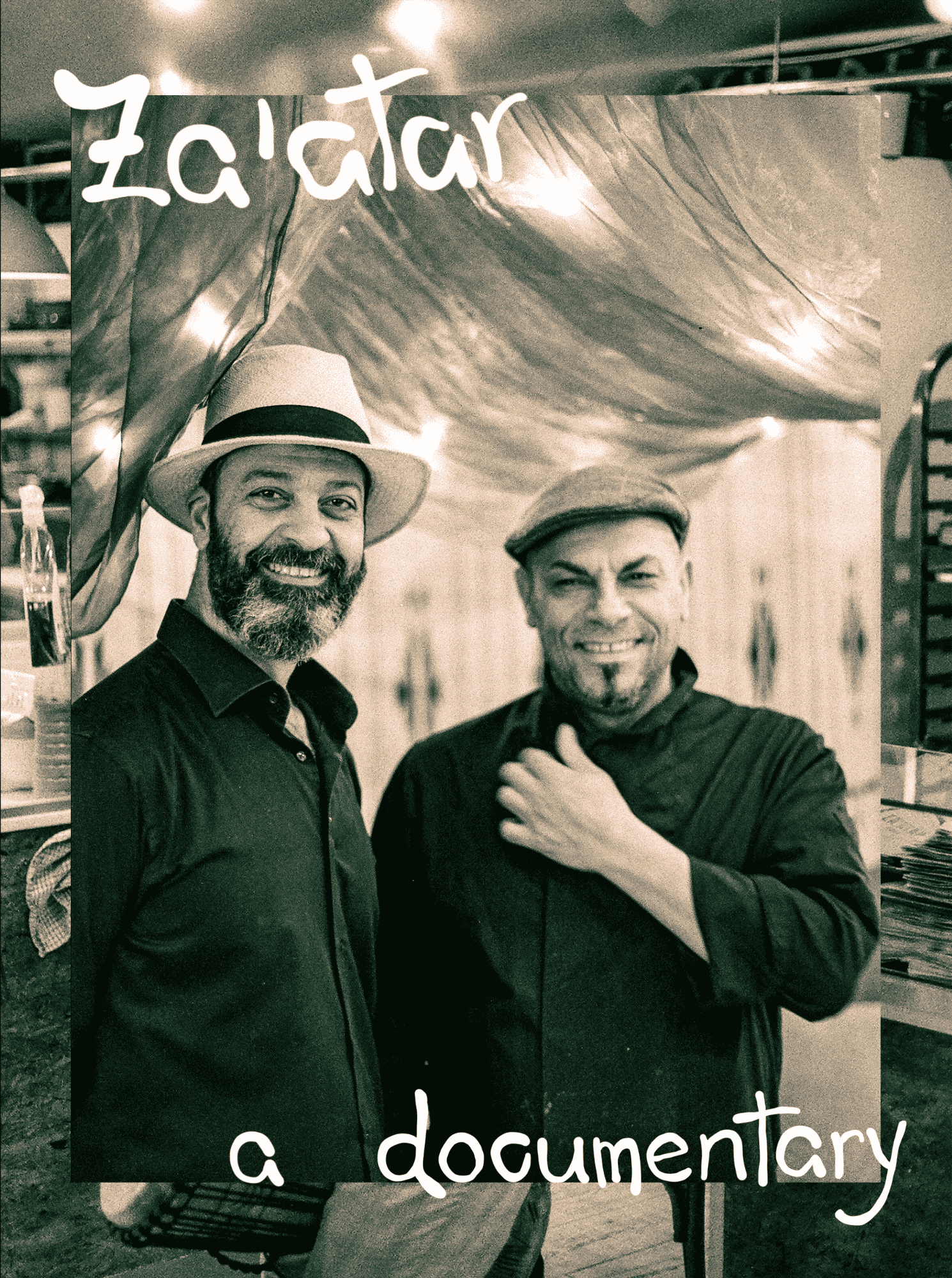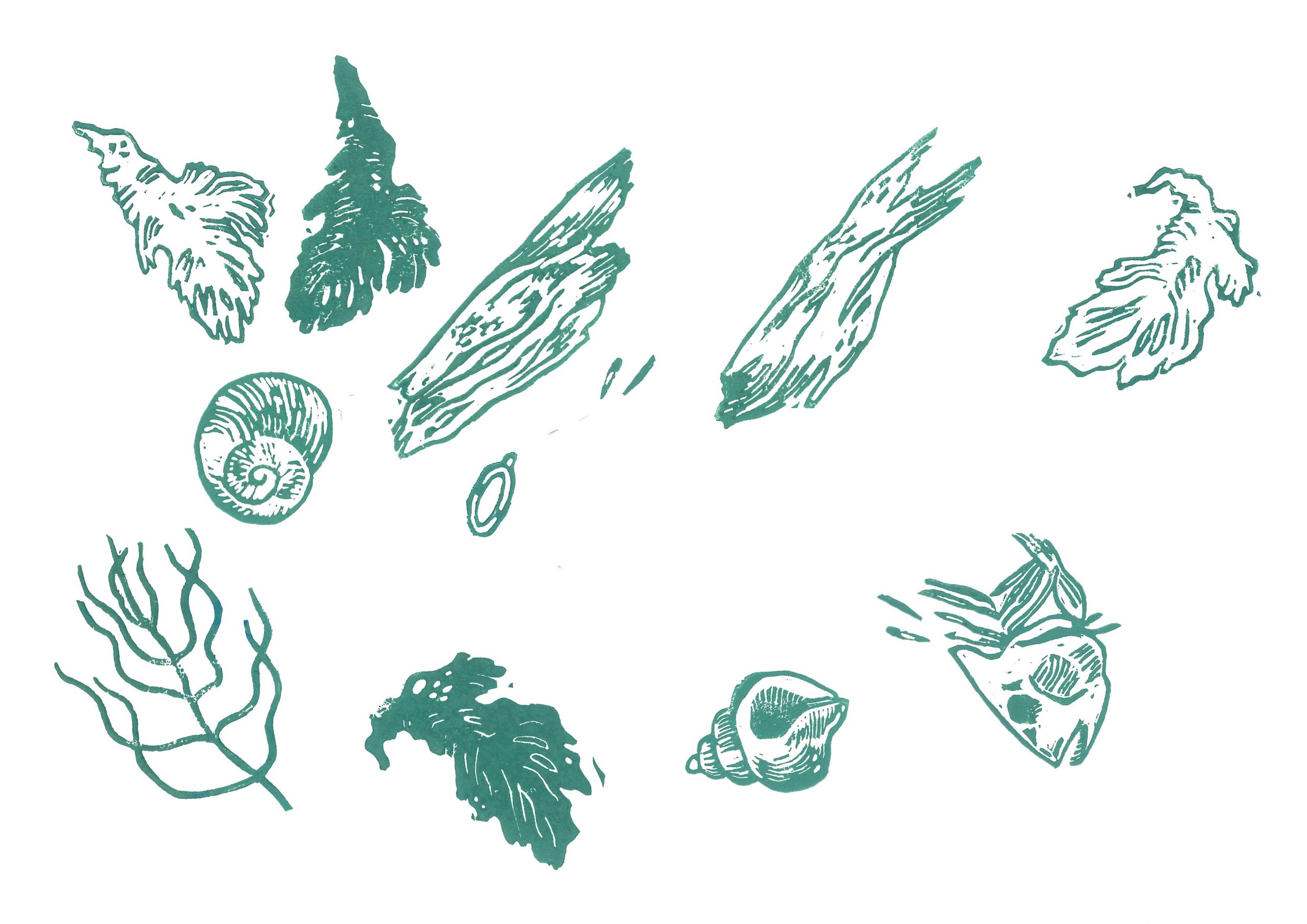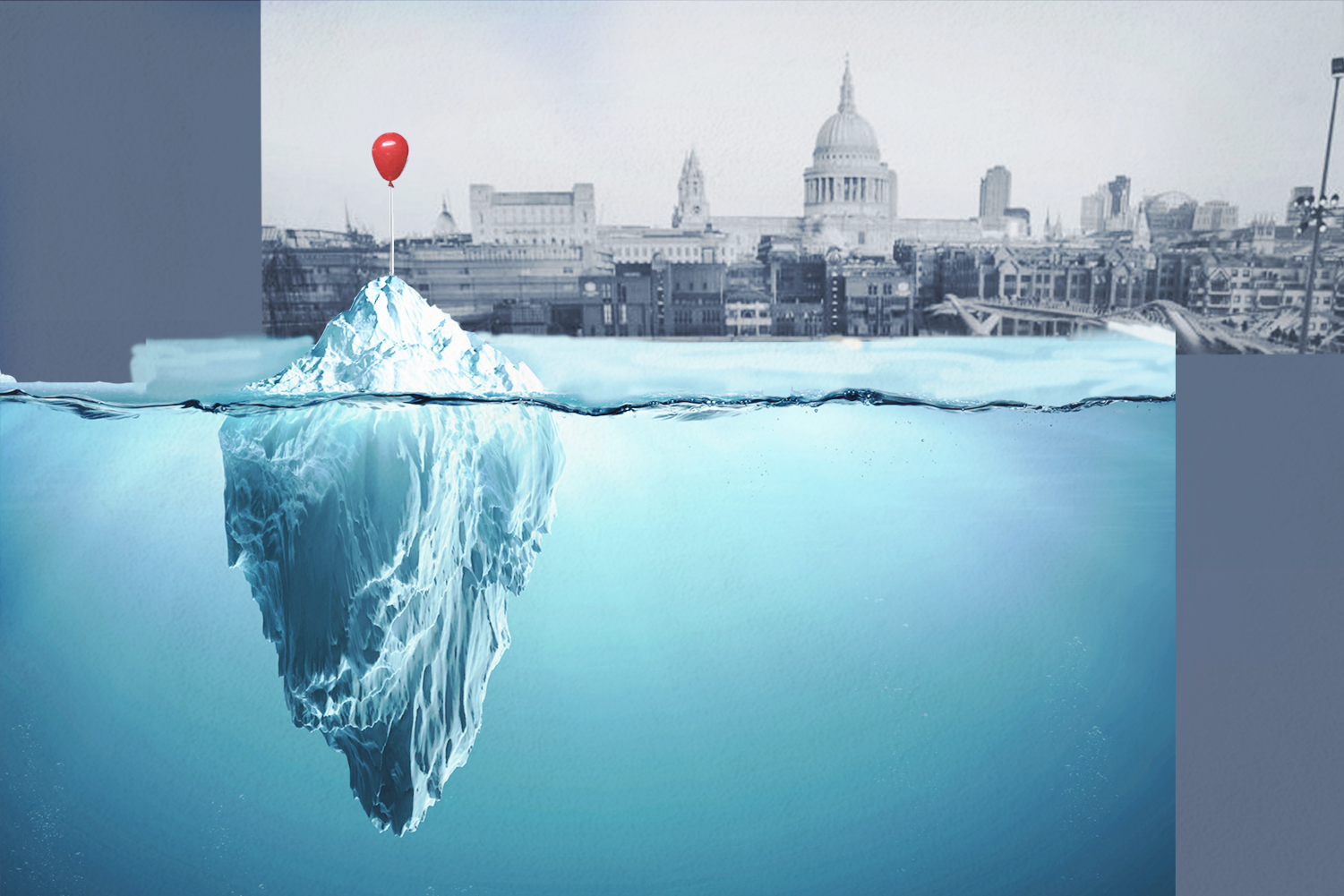
Icebergs
CLOSING SOON.
Olafur Eliasson’s Ice Watch, Tate Modern, 2018
We had come for the melting icebergs. We came early, clutching phones and children, to our space before the Thames, where the artist had assembled those lumps of cold whiteness. A menagerie of endangered specimens of ice – it wanted something, over there, trapped. It did not fool us: life was missing. Here were the teeth of some defanged animal.
Animal – alive? Something flails up, trembling. A figure near the ice, a blot upon the white, we heard it singing as the teeth rose up into our vision. Whilst we gazed and tried to process such pieces of environmental wisdom, it was sing-wailing–
BREATHE
It was unclear to whom this was addressed, but certainly it was aesthetically problematic, a thing to be edited out of the landscape, once we had finished with the ice.
Now, he was on the ice. This was terribly unfortunate. He, a blurred tangle of eyes and limbs, sprouted from an iceberg. Purple fingers bloomed, open-close, offering absurd strings of red balloons. His feet gnarled.
Here, the head gaped open, exposing a fossilised fish of a tongue. It cracked a smile, cavernous. If it – he – was staging some protest (foolish, we knew), this was undermined by the balloons. They wheezed weakly above his head in tired speech bubbles, giving him the air of a misguided poet. Lyrical sale-sale-sale – fresh air bottled and ballooned, air trapped in the ice, vintage air, centuries old, completely authentic. This is not a load of hot air, although the atmosphere was heating up, more bodies trickling over, in spite of the calls to –
BREATHE AND BREATHE
That emanate from the curious mass on the ice. Listen to the ice crack and pop.
Listen, we loved this. The creature and the ice – it was beautiful when we framed it in our phones. It made us so subversive, so interesting. When we adjusted our filters to capture the gleam in his ice and their sunken shadow, overlaying the tone in emerald or indigo, it was worth hanging on a platform in the ether. Some of us began asking indulgently ‘What is this for?’ or ‘Why are you here?’ or even ‘Is this a lucrative business, selling air?’ We stood slyly to one side and captured him clutching his red balloons. His mind had cracked; he had dead hands. It was admirable really – how long he managed to stay on the ice. Yet he was too expressive for us, with his hollow-thin voice going–
BREATHE PLEASE BREATHE PLEASE BREATHE
And really, it rankled. He was overdoing it. He had flung his hands up in theatrical despair. The ice was melting, just as the artist promised. There was a certain satisfaction in this fulfilment; as we observed the puddles spreading underfoot, merging with our shadows to become reflections. Still, he was weeping. See this ice, all this ice! All for us to stare at, stroke, taste – this was ice. We knew, but he was sitting there, becoming smaller and melting the ice, our ice, faster and faster while giddily bawling–
BREATHE
Disrupting our photos and our peace with his exhortations that we–
BREATHE and PLEASE KEEP ON BREATHING, and when, to our fright, he shifted and almost slipped, flinging out his dead hands into nothingness, we backed away. At a safer distance, we snapped him up, scrounging for pieces of his eyes and words; collecting them in our memories, digital or not. His words were fading; we could see his breath in the cold air – vanishing, visually defying his BREATHE PLEASE BREATHE, as he gasped, grasped at nothing, at us watching in a voyeuristic thrall, all this writhing on and on, this pink mouth gaping and closing, this ice melting smaller.
And then a tremor was rippling down his face, past purple fingers and gnarled feet, passing away into the ice. And away, in the distance, we saw a little stricken man running towards us from the gallery. Faintly, we heard him –
CLOSING EARLY PEOPLE SORRY WE’RE CLOSING EARLY LOOK OUR CLOSING TIME
CLOSING TIME IS NOW
NOW
You Cannot Touch The Ice∎
Words by Yii-Jen Deng. Art by Eloïse Fabre.

